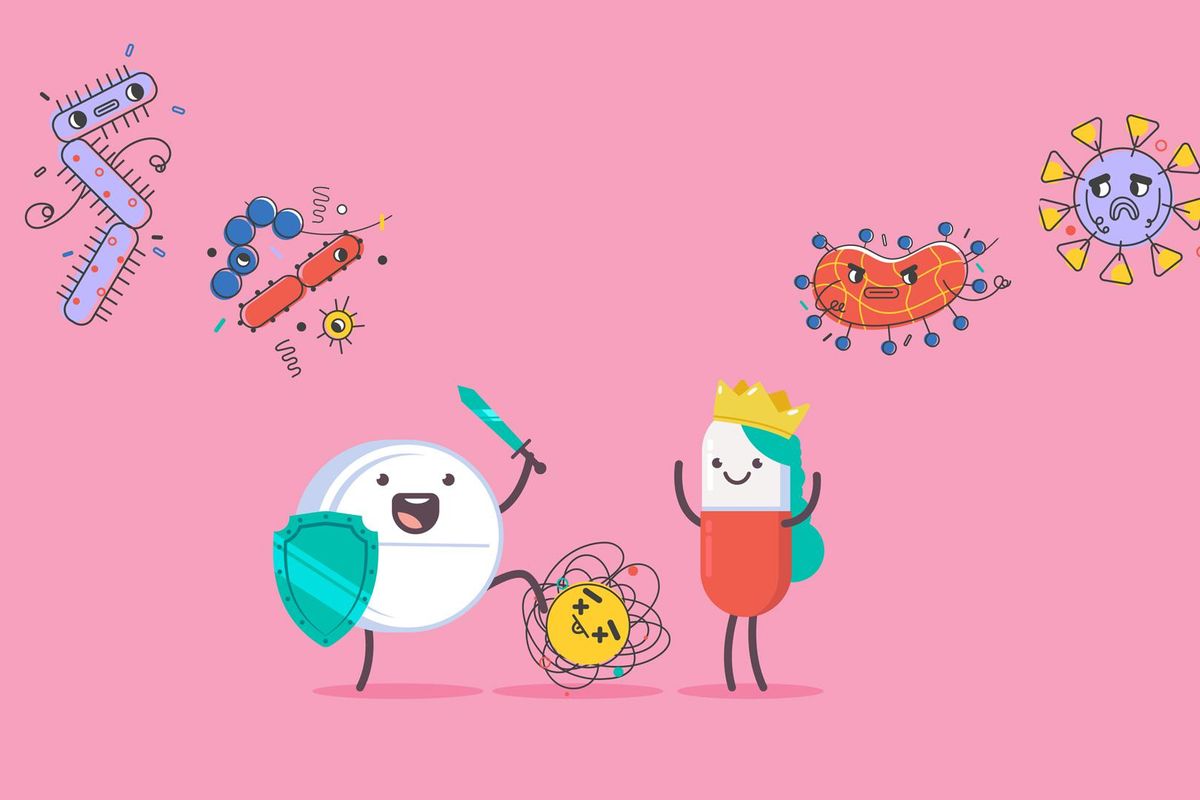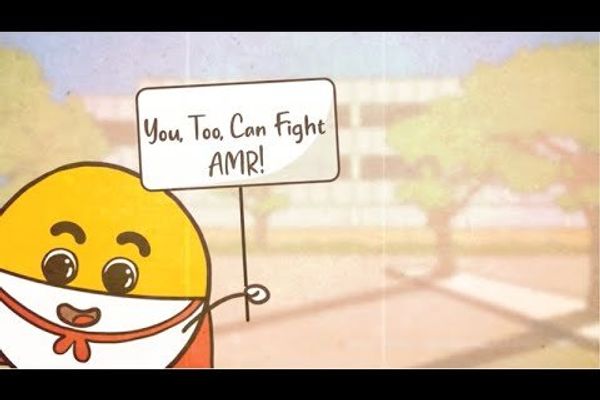What is antimicrobial resistance (AMR)?
Microbes are tiny germs, like bacteria, viruses, fungi and parasites, that can cause infections.
When medicines that treat these infections are overused or misused, the medicines can stop working — and that is called antimicrobial resistance (AMR).
When several drugs stop working on the same microbes, those microbes turn into superbugs.
AMR makes it harder to treat infections. When life-saving treatments stop working, infections get a lot more dangerous.
Sexually transmitted infection (STI) rates
According to the CDC, 1 in 5 people in the United States have an STI.
In 2018, there were 68 million STI cases in the United States.
Rates of STIs are on the rise, breaking records for six years in a row between 2014 and 2019.
Worldwide STI infections
STI rates vary by race and ethnicity. Compared to non-Hispanic whites, infection rates were:
- 1-2x higher among Hispanic/Latinx people
- 3-5x higher among American Indian, Alaska Native, Native Hawaiian or Other Pacific Islander people
- 5-8x higher among African American or Black people
- Higher rates of STIs put these groups at higher risk of getting an infection that cannot be treated by current antibiotics.
STI rates vary by socioeconomic status. People with lower incomes have higher rates of STIs. This might be because those groups have less access to healthcare and health insurance.
Treating STIs
Some STIs are caused by bacteria, and others are caused by viruses.
Bacterial STIs can be treated with antibiotics, and viral STIs can be treated with antiviral medication.
STIs that can be treated with antibiotics include:
- Syphilis
- Chlamydia
- Trichomoniasis
- Gonorrhea
STIs that can be treated with antivirals include:
- HIV
- Herpes
Gonorrhea has developed resistance to all but one class of antibiotics. Resistant chlamydia and syphilis also exist but are less common.
How AMR makes it harder to treat STIs
AMR makes STIs harder to treat. Common medications that used to work no longer do. As resistant strains of these infections spread, diseases like gonorrhea are becoming threats worldwide, according to the CDC and the World Health Organization.
How to slow the spread of resistant STIs
- Get tested to make sure you know if you have an STI — and get treated if you do.
- Only use antibiotics for STIs caused by bacteria, not viruses.
- If you’re prescribed an antibiotic for a viral STI, ask your HCP to explain why.
- Finish all doses of your medication — even if you feel better or don’t notice symptoms.
- Practice safe sex or abstain while you’re infected.
- Get retested if symptoms come back because reinfection is common.
This resource was created with support from Pfizer Inc.
- Antimicrobial Resistance (AMR): What You Need to Know to Keep ... ›
- Why Antimicrobial Resistance Is a Threat We Need to Take ... ›
- Clinically Speaking: Important Questions to Ask About Antimicrobial ... ›
- The Global Threat of Superbugs - HealthyWomen ›
- Fast Facts: What You Need to Know About Antimicrobial Resistance ... ›
- 6 STIs You Need to Know About - HealthyWomen ›








